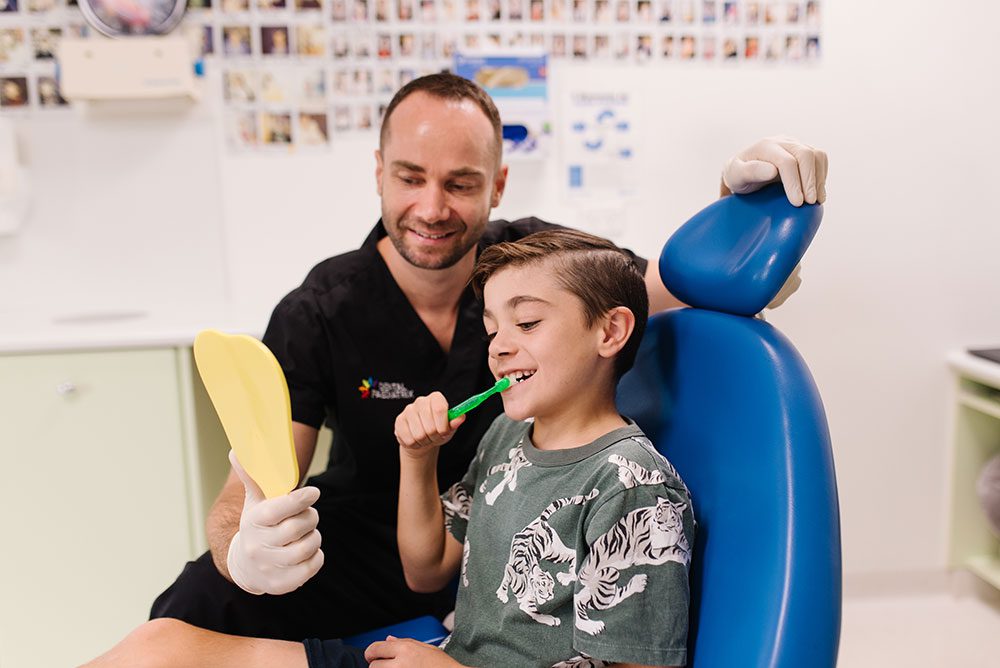We’ve all heard of fluoride, but what exactly is it and how does it help our teeth?
First things first: fluoride is a mineral derived from fluorine, a naturally occurring element. It is found not only in the earth itself, but in plants, water and in our bones and teeth.
And how does it benefit teeth? It helps to prevent cavities by strengthening tooth enamel.
Although fluoride is naturally occurring in water, the levels can vary between areas. Water fluoridation is the process of increasing lower amounts to optimal levels.
In Australia, most states have practiced water fluoridation since the 1960s. Although there has been contention about the pros and cons of the practice (which many countries do not follow), the Australian government has taken its guidance from the advice of health professionals that point to extensive evidence showing a link between fluoridation and reduced levels of tooth decay.
A reason given for not adding fluoride to drinking water is the potential for the side effect of dental fluorosis, a mottling of the teeth resulting in whiter patches, which some individuals experience. Fluorosis is caused by high intakes of fluoride while teeth are developing. Research in Australia found most instances of dental fluorosis to be so mild that it did not affect teeth function and did not pose significant aesthetic concern to those who had it. This minor potential downside of fluoridation is deemed to be more than offset by the positive effects it delivers in terms of preventing decay.
The National Health and Medical Research Council (NHMRC), for example, found that water fluoridation reduces tooth decay by about 27% in adults, and up to 44% in children and adolescents. By adding fluoride to drinking water, socially disadvantaged individuals who may otherwise lack fluoride are also able to experience reduced levels of tooth decay.
In addition to water fluoridation, toothpastes also contain fluoride. Through surface contact, fluoride promotes the strengthening of teeth and slows the loss of tooth enamel. Australian fluoride guidelines recommend using age-appropriate toothpastes, unless your child is at higher risk of tooth decay, whereby your dentist may advise the use of a different strength toothpaste.
You may find that your dentist will recommend a fluoride varnish, gel or foam at your routine preventative appointments. This is a burst of fluoride that along with the use of a fluoridated toothpaste and water is helping dentists successfully wage a war with decay.
If you have any concerns about potential fluoride deficiency, or surplus, in yourself or your children, talk to your dentist or Paediatric Dentist.

